There are several resources out there that explain how to add WinForms controls to Excel. See these two:
http://msdn.microsoft.com/en-us/library/vstudio/e3zbk0hz%28v=vs.100%29.aspx
http://www.clear-lines.com/blog/post/create-excel-2007-vsto-add-in-wpf-control.aspx
Both of them mention the more up-to-date option of using WPF controls (the one I need). Unfortunately, both resources are lacking the fundamental part. There is a missing link:
(1) The Microsoft site mentions some video -with the exact title that matches my requirement- but all videos in that web site have been removed, it seems.

(2) The Clear-Lines site contains an outstanding, step-by-step project but alas, when the critical part is mentioned, the author uses some facility (the "WPF Interoperability section of the Toolbox") that does not exist in VS-2010+

Based on the above screenshots, and other sites, I have come to the conclusion that the missing link, the connection between my WPF UserControl and its appearance in Excel is some ElementHost.
Addendum for @HighCore. See Toolbox below:


